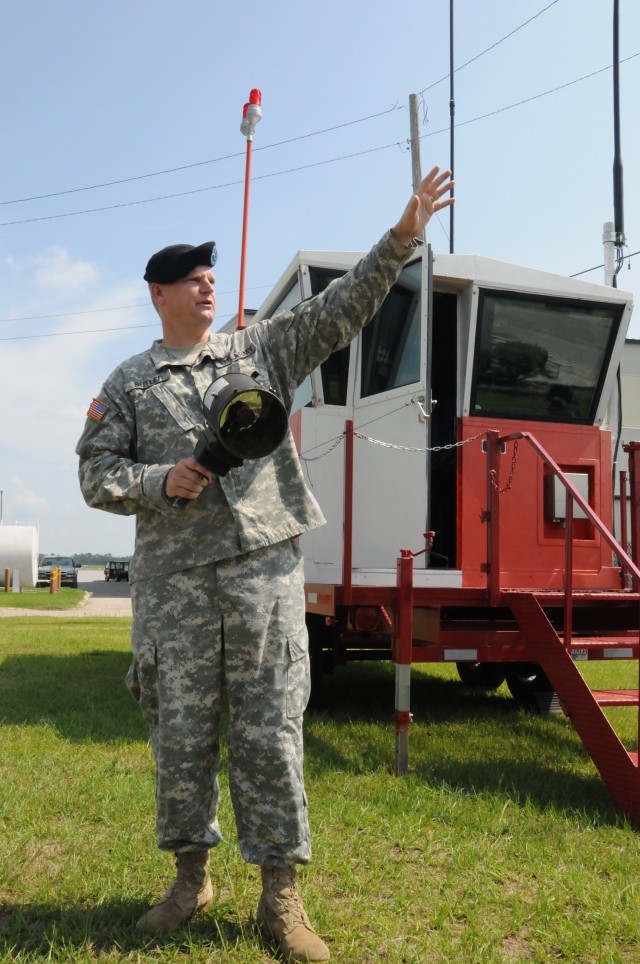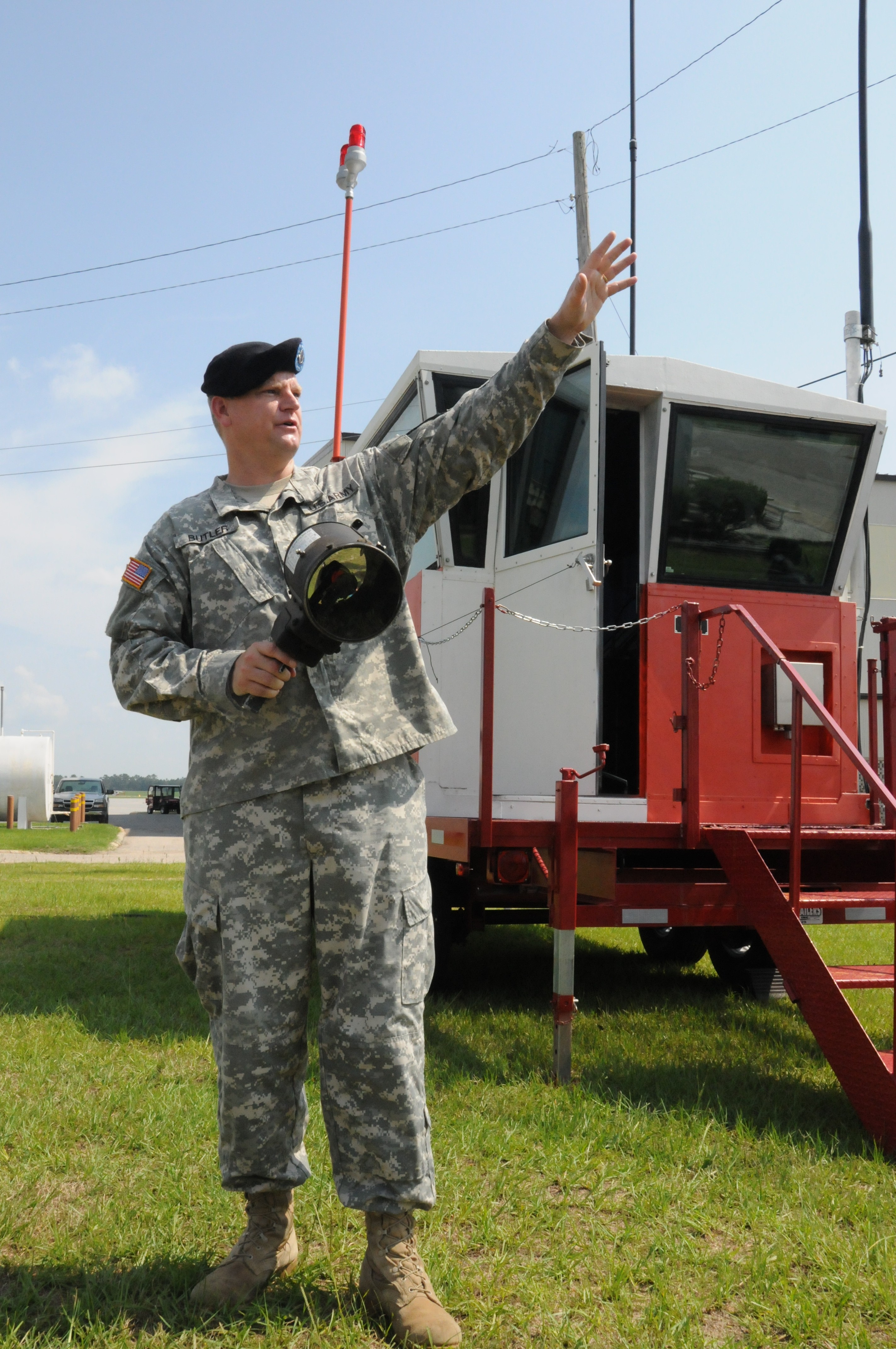FORT RUCKER, Ala.--Preparing Fort Rucker's 14,000 residents and employees for a hurricane requires careful planning, according to Fort Rucker's Emergency Operations Offier Maj. Michael Hughes.
Hughes said the Army seeks to protect community members, equipment and buildings when a catastrophic storm threatens the post.
Family disaster plans
Hughes recommends individuals assemble a disaster supply kit and develop a Family disaster plan to be prepared before a hurricane or other calamity hits. For a complete list of what a disaster kit should include, visit Ready Army at www.rucker.army.mil and click on the Ready Army icon. A Family disaster plan should describe meeting locations in case of fire, severe weather or other emergency. All Family members should know emergency contact information, Hughes added. Soldiers and Families should have disaster kits and plans ready throughout the year.
"(Soldiers and Families) should have a disaster kit ready at all times just in case," Hughes said.
While those preparations should exist year-round, some additional provisions should be taken care of at Hurricane Condition (HURCON) 4, which begins 72 hours before a projected storm's landfall. During HURCON 4, Hughes said Soldiers and Families should secure loose items in their yards and make sure disaster kits are up-to-date with unexpired food and batteries.
Picerne Military Housing will place letters at every home to remind those who live here how to prepare for a storm, Communications Specialist Emily Natalio said. If Soldiers and Families evacuate, they should leave Picerne a list of emergency contacts, in case houses are damaged, she added.
The Army utilizes a very aggressive media campaign to ensure community members do not get complacent during hurricane season. Hughes said the Installation Operations Center (IOC)staff uses multiple formats to disseminate information to community members, including Command Information Channel 6, radio station AM 1640, mass e-mail, mass-call telephone group and computer notification system. Computers connected to Fort Rucker's system will display severe weather notifications in pop-up boxes that prevent users from performing any actions until the boxes have been acknowledged.
Aircraft and equipment
The command group executes many decisions in case of an impending hurricane, and the IOC, which operates as the command control center during a threat, aids in providing information to help post leaders make those decisions. One of the first decisions the command group will make is how to protect aircraft.
Hughes said plans to protect aircraft are in place before a hurricane, but plans are reviewed about 72 hours before a storm's projected landfall. Since hangar space fluctuates due to the number of helicopters needing repairs, post officials will then determine how many aircraft can be properly stored in hangars here and how many must be flown to other installations. The 72-hour window also allows the command group to determine where to fly aircraft, based on the storm's projected path, Hughes added.
Officials suspend flight training at HURCON 3, 48 hours before projected landfall. Hughes said stacking aircraft in hangars will occur after flight training has been suspended.
Also at HURCON 3, the Crisis Management Team (CMT), which consists of select leaders from directorates and brigades, is activated and joins IOC staff in informing the command group about developing situations. In addition to keeping leaders informed, CMT helps develop a timeline of when decisions need to be made and informs subordinates of how and when to execute plans. Hughes said CMT members are needed to help IOC staff handle all the steps necessary to keep Fort Rucker safe.
At HURCON 2, or 24 hours before projected landfall, officials determine final destination of aircraft, and pilots begin flying them to those designated areas. After aircraft are flown away, the command group then decides how to get flight crews back home so those Soldiers can help their Families prepare for the storm.
Officials must also determine when to release the work force.
Hughes said designated brigades secure other aircraft equipment, such as fuel trucks. A few fuel trucks are kept fully operational in case they are needed in an emergency before and after the storm.
Directorate of Family and Morale, Welfare and Recreation (DFMWR) keeps some equipment outside during good weather, but director Tim Laster said most of it must be secured in the event of a hurricane. Laster said DFMWR staff monitor the weather and determine when to secure equipment. All chairs, tables and umbrellas are moved inside when a hurricane threatens, and the canopies at Splash! water park are removed if winds are projected to exceed 90 miles per hour.
At Lake Tholocco, all boats, water slides and the trampoline are removed from the water and put in storage.
Officials place emphasis on protecting people, and these measures aid in keeping community members ahead of an impending storm.


Social Sharing